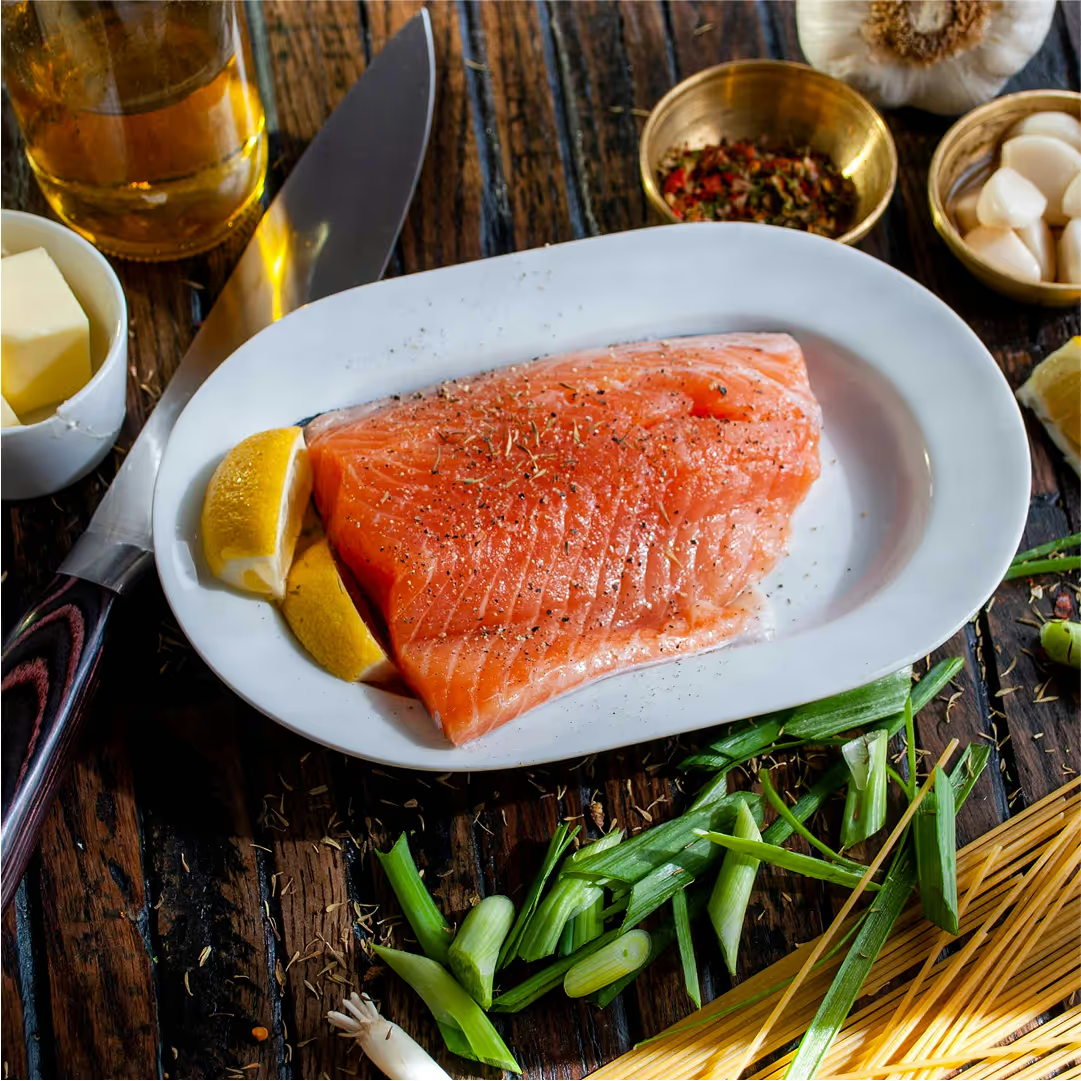When asking a trainer, or dietician how we can eat healthier, a common response is: Eat organic, whole foods. But what if you don’t know what organic truly means, or your wallet doesn’t speak those words? Here, we’ll define it, and reveal how to shop organic for you and your whole family.
First, let’s narrow down a proper definition of organic. According to the U.S Department of Agriculture website, “Produce can be called organic if it’s certified to have grown on soil that had no prohibited substances applied for three years prior to harvest. These prohibited substances include most synthetic fertilizers and pesticides.” Organic does not exclusively involve produce, however. Some processed foods such as sodas, cookies, and meat substitutes can be organic as well.
“Regulations prohibit organically processed foods from containing artificial preservatives, colors, or flavors and require that their ingredients are organic, with some minor exceptions.” McEvoy writes, noting that these have additional considerations. “...processed organic foods may contain some approved non-agricultural ingredients, like enzymes in yogurt, pectin in fruit jams, or baking soda in baked goods.”
Be careful when shopping for organic foods, as McEvoy also notes that some packaged products indicate they are “made with organic” which means they contain at least 70% organically produced ingredients. The remaining ingredients are produced without using prohibited practices, such as genetic engineering for example. He writes that“ made with organic” products will not bear the USDA organic seal.
With all the background information of what the term truly means, let’s take a look at tips from Irene Anderson, founder of Method78 Fitness, on how to shop organic. Before scanning the aisles, you need to choose a store. She says that Sprouts Farmers Markets are her favorite choice for higher quality fruits and veggies, with a lot of variety in those areas. For a more affordable option, Irene recommends Trader Joe’s. They also have a lot of pre-packed and prepped veggies, which saves you cooking time. When shopping for specialty things such as caraway seeds, or tahini, go to stores like Whole foods and Mother’s market.
After choosing your store, Irene says to start with the produce section. If you’re going for transformative eating, you should be starting with fresh fruits and veggies every time. This is what you want your main diet to consist of. Form eats however, Irene says to make sure they’re grass-fed. Shop for the week, not the month. If it’s truly organic it will rot if you don’t use it. “I learned that the hard way,” Irene says. Doing this also helps your budget. Shop with a specific recipe in mind, even if that’s saying “I’m going to saute these vegetables.” Irene also recommends “shopping the rainbow”. This means shopping all the color of the rainbow for fruits and veggies. For example, red, green, and orange bell peppers, apples, bananas, green onions, etc.
Part of shopping organic is understanding which items truly need to be organic, and which ones you don’t have to buy organic. In a podcast with Dr Robert Rountree and Dr. Amanda Frick from Thorne, they recommend being attentive to what the outside of the food looks like. If you’re eating the skin of something, such as an apple or grape, you’ll take in more of the pesticides that come with nonorganic food since you’re eating the outer layer. However, if you’re eating an avocado or banana, where you’ll take the outside off, there is a natural barrier from those things getting into your food.
They advise searching up the “Dirty Dozen” and “Clean 15” lists, which are yearly renewed guides of which nonorganic fruits and vegetables are highest in pesticide residue. If you can’t shop organic, at least shop fresh, Dr.Rountree suggests. Such as a peach outside of a can rather than inside one.
When shopping organic, Irene says the main thing to focus on is fresh, whole food eating. A lot of people worry that eating organic will be too pricey, yet by spending less on processed foods, you’ll have more money for the organic ones. It will be worth it in the long run, as you see your body changing on the inside, and outside.





